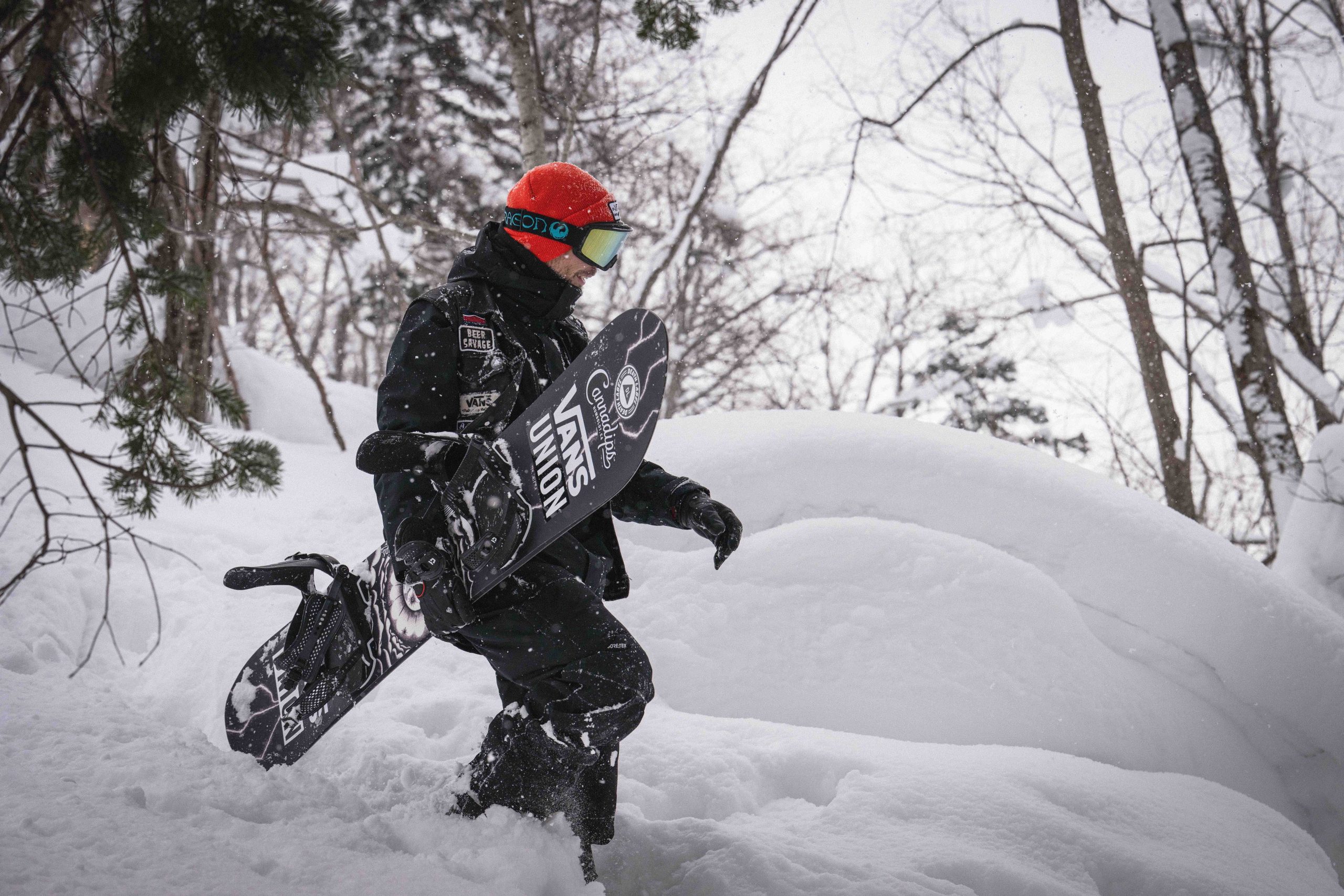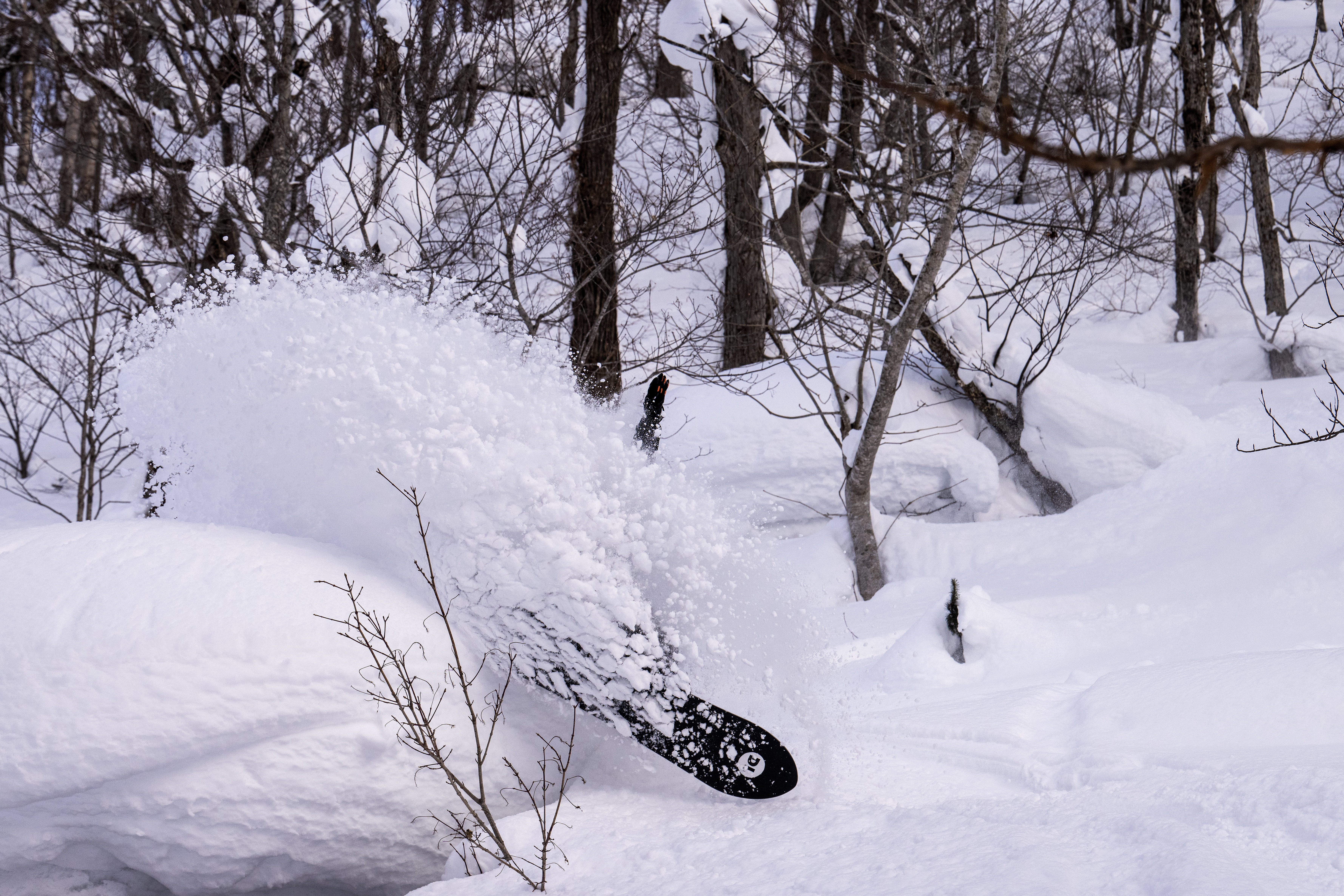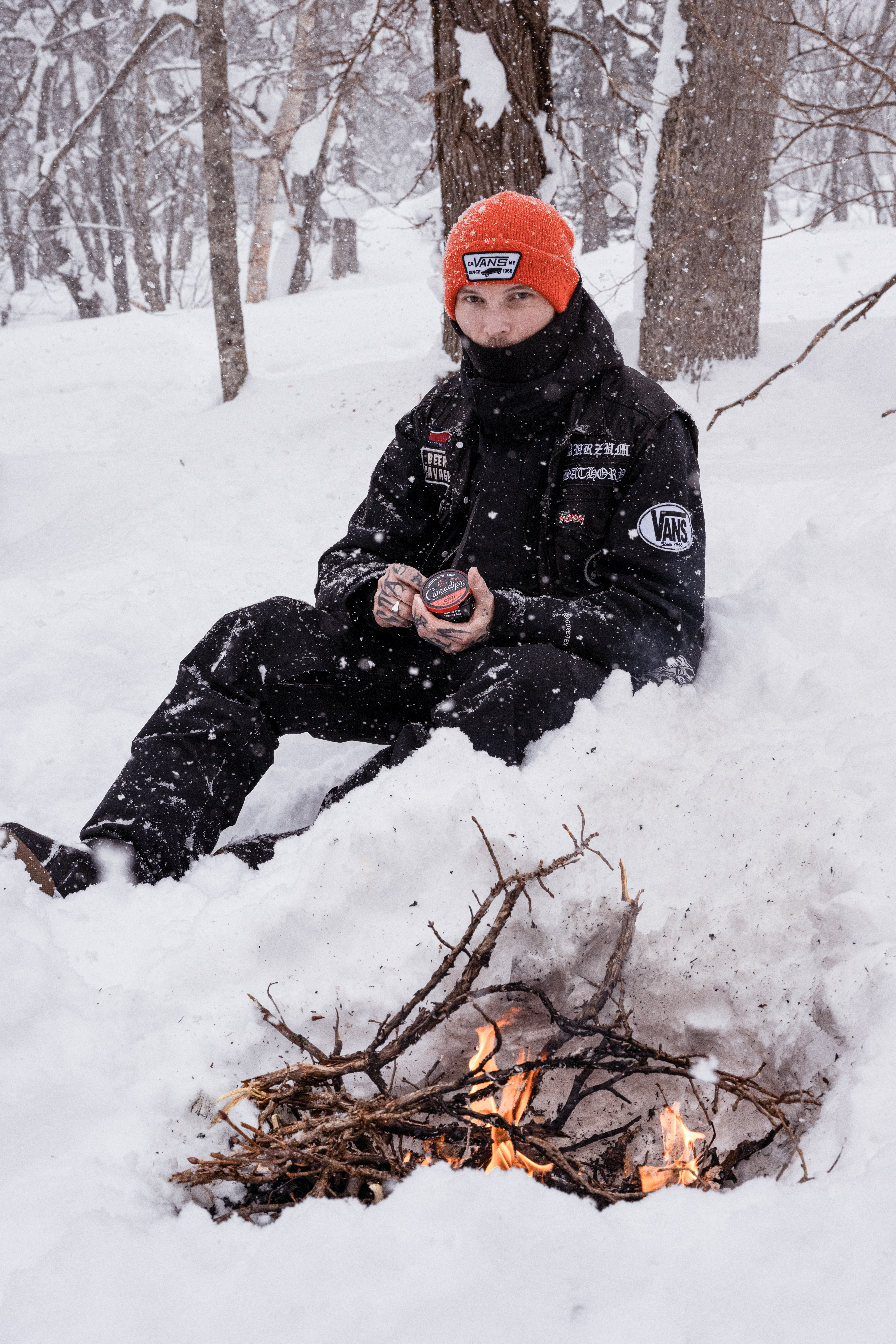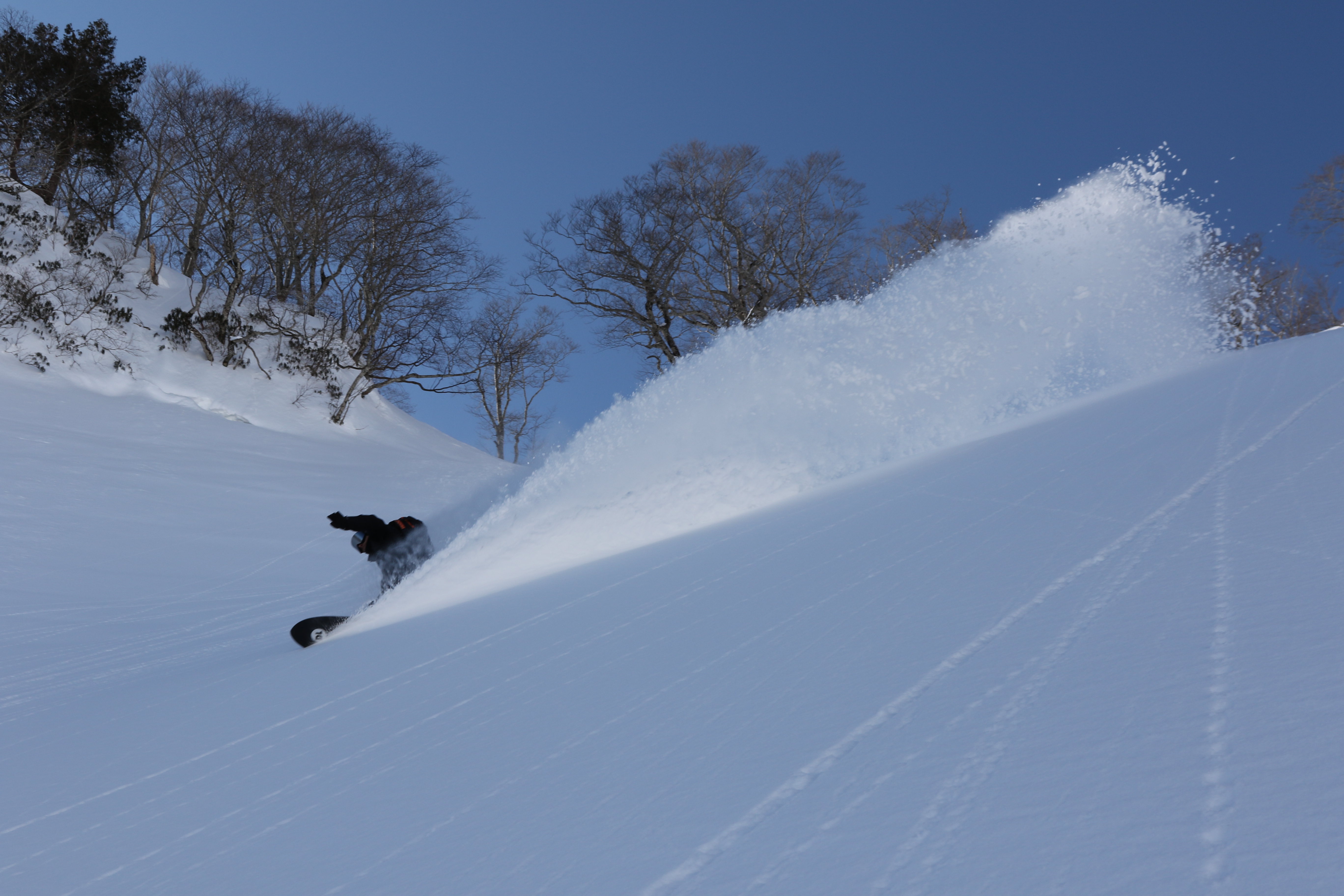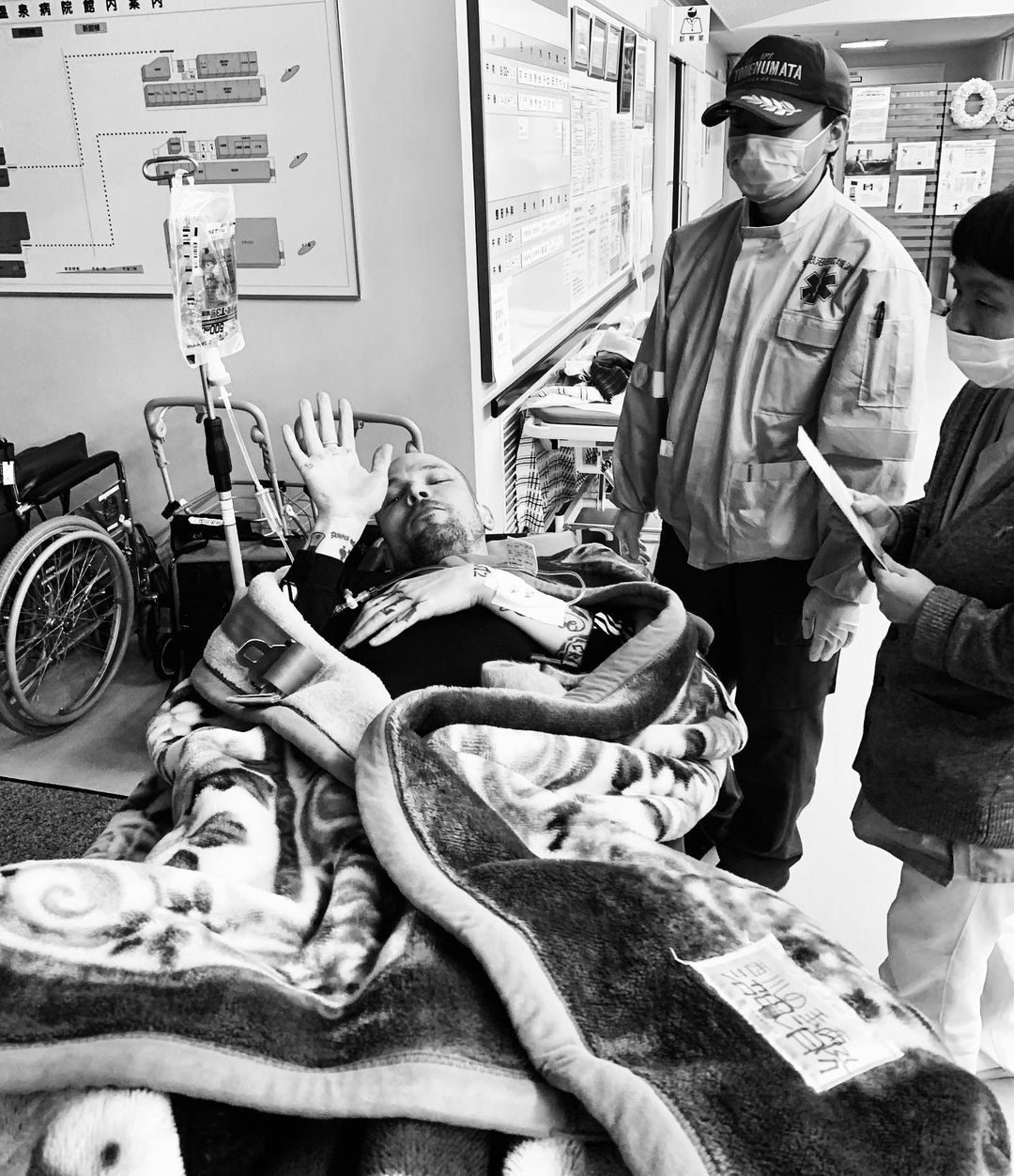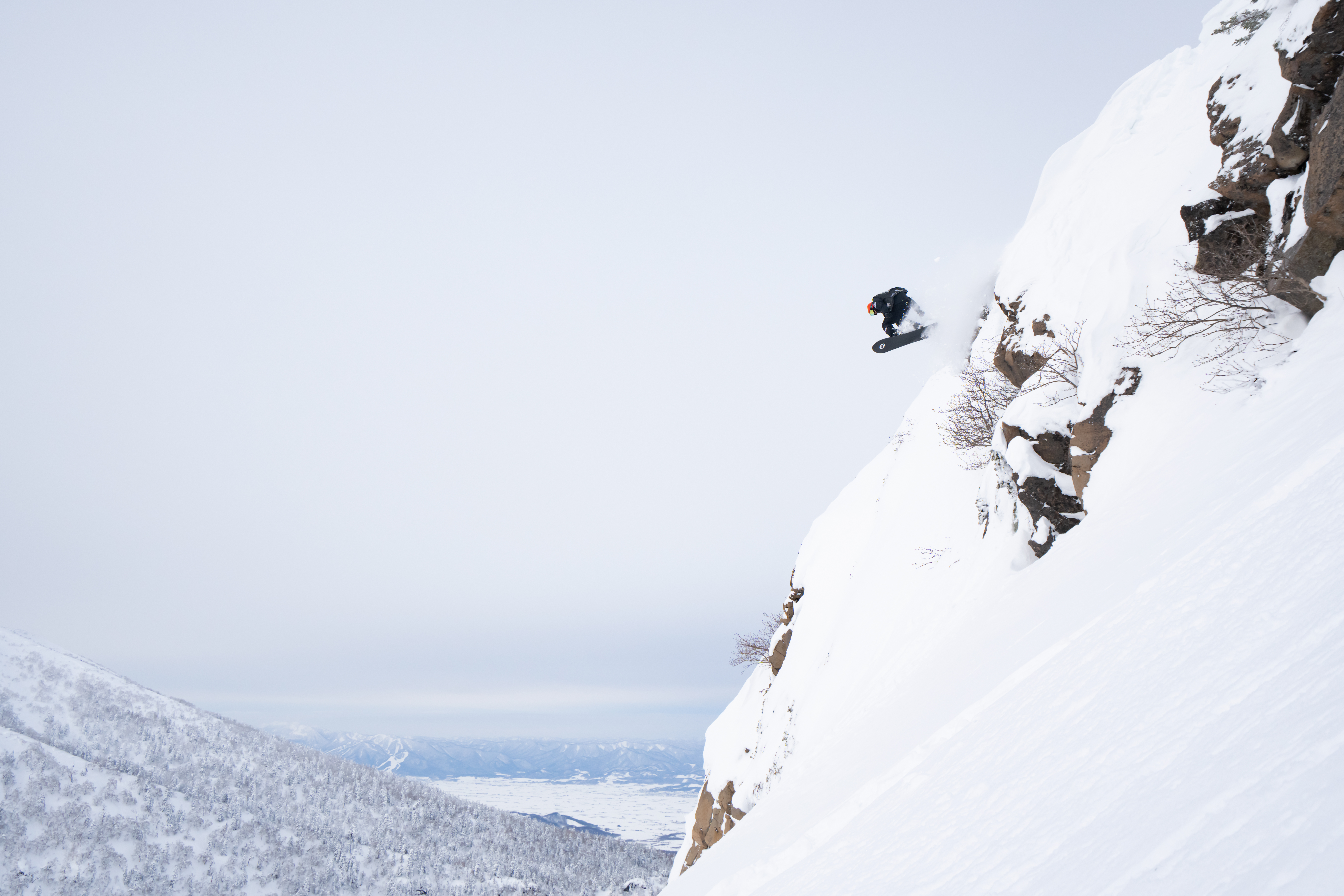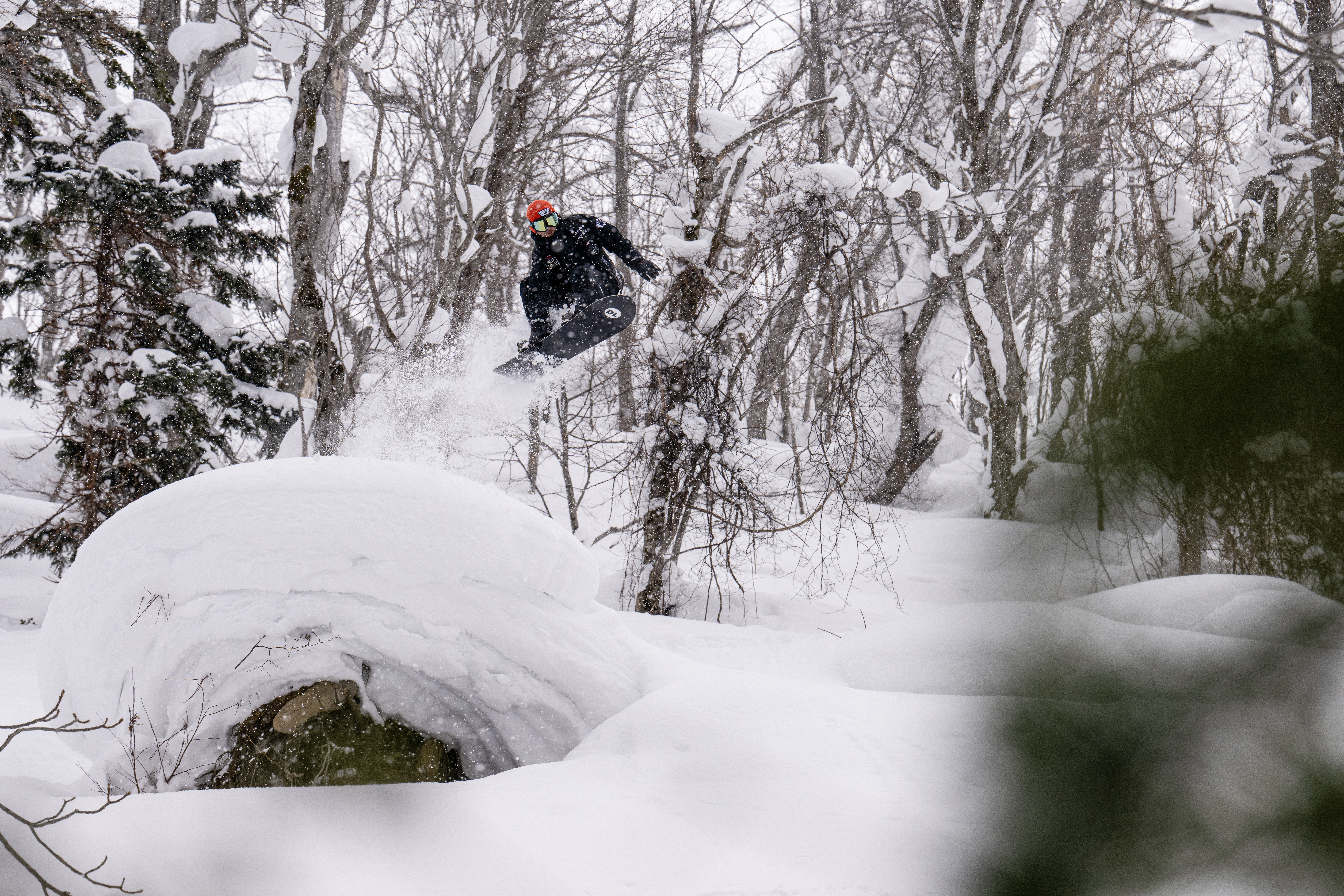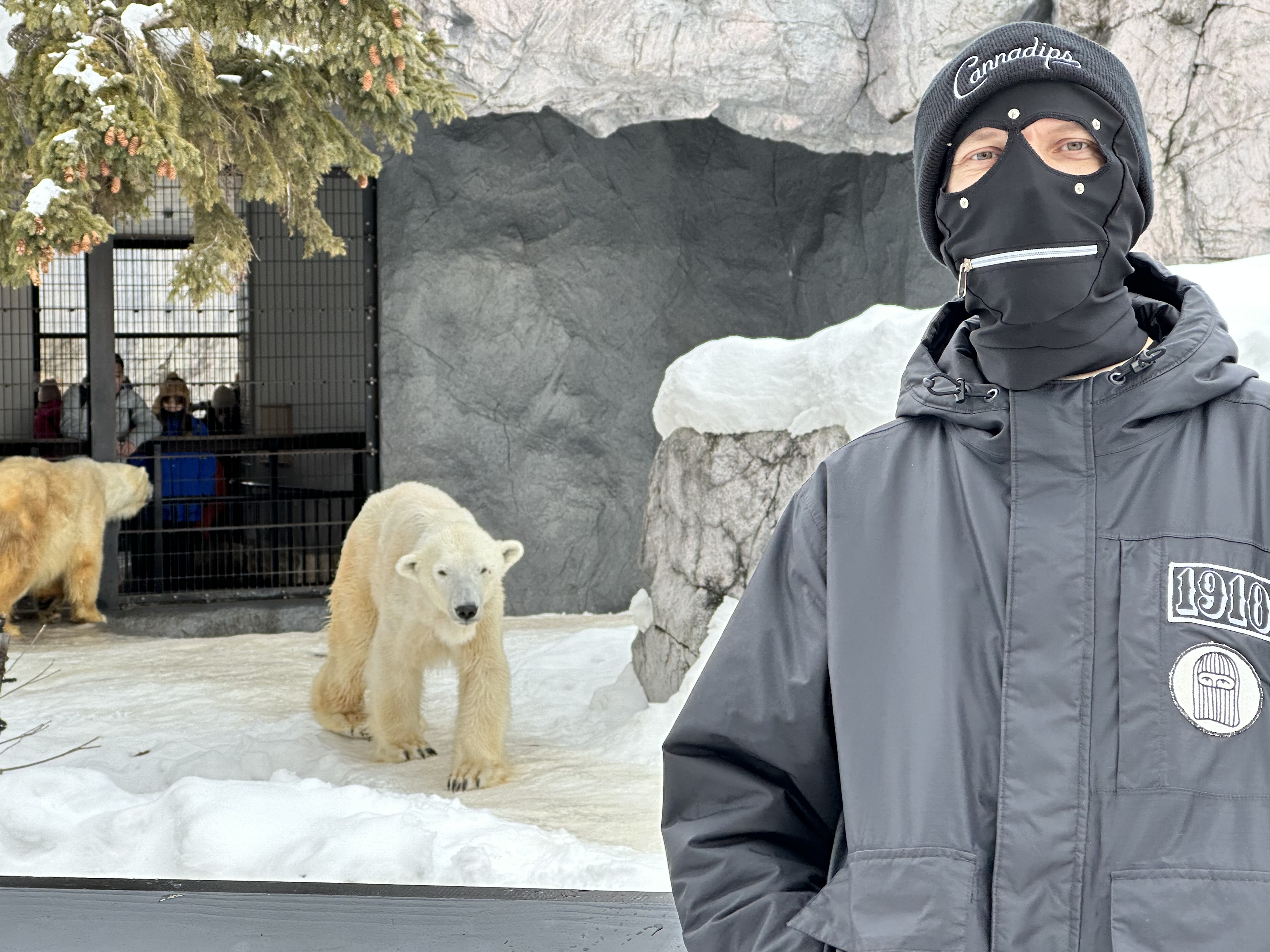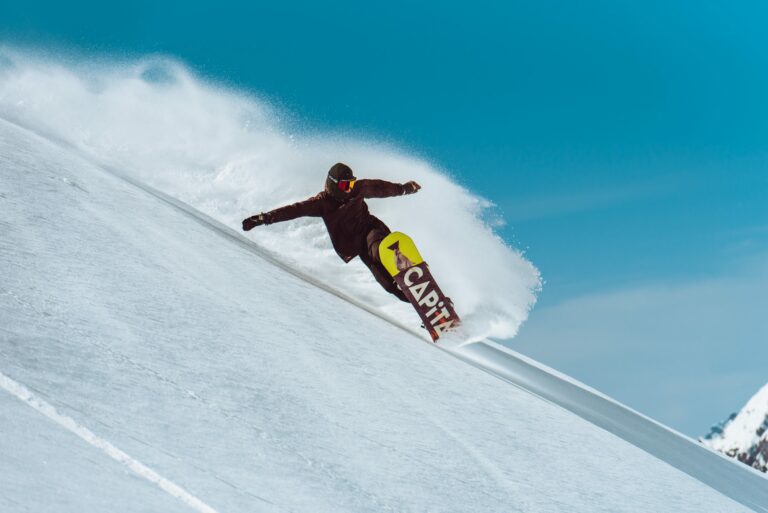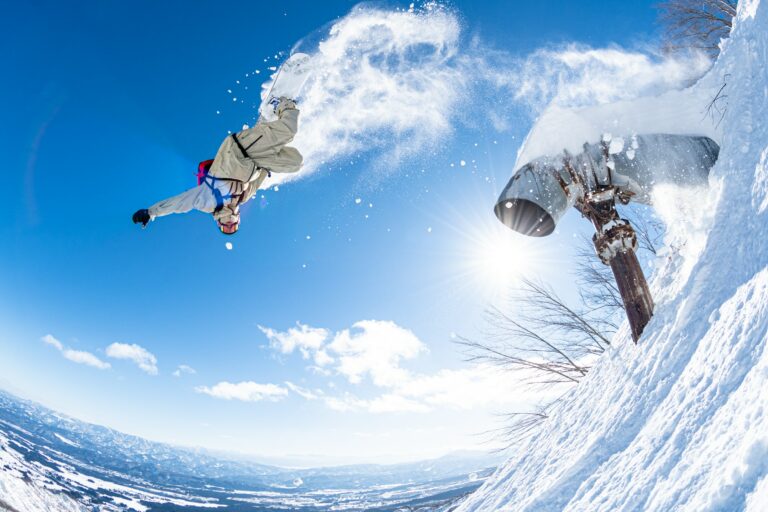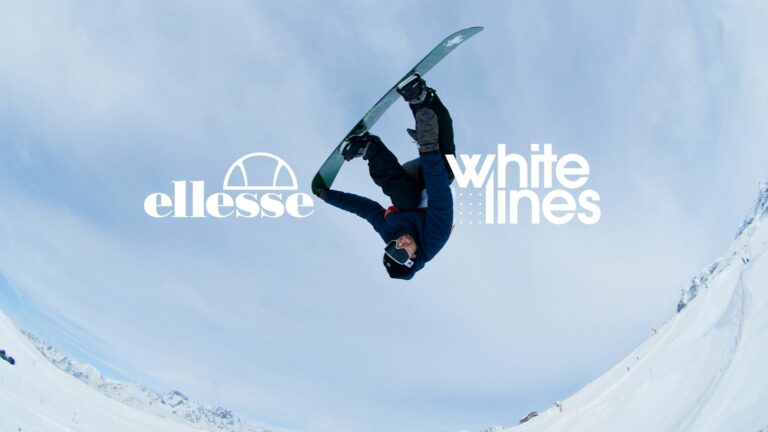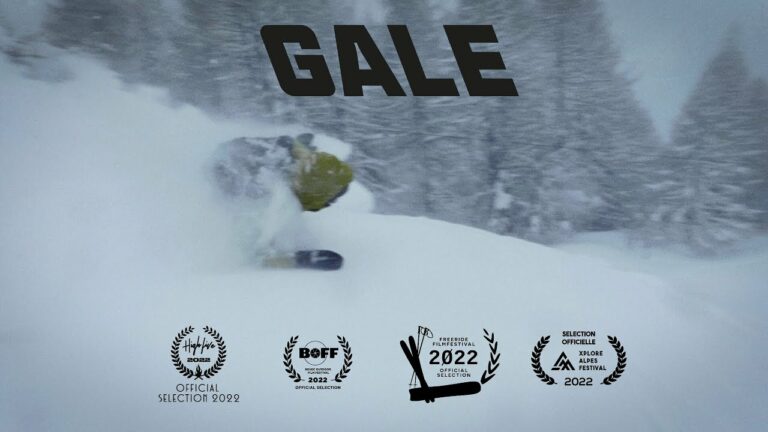Interview by Joy Dutch. Above Photo: Jun Watanabe
As a kid in small town Sweden PJ Gustafsson never imagined he’d go on to become one of the most recognisable Scandinavians in modern action sports.
Both on and off the hill his style is a hark back to the halcyon days, when snowboarding was punk rock, an international underground subculture that actively stuck it to the man.
You can spot PJ a mile off, his signature look is more ‘Black Sabbath’ than ‘black run’, but his forgoing of traditional snowboard garb has only served to help him stand out in an industry that some would argue falls victim to stifling its own creativity. Both on and off the hill his style is a hark back to the halcyon days, when snowboarding was punk rock- an international underground subculture that actively stuck it to the man. We recently sat down with PJ to talk about his life and career as a professional snowboarder, delving into sobriety, modern snowboard culture and recovery.
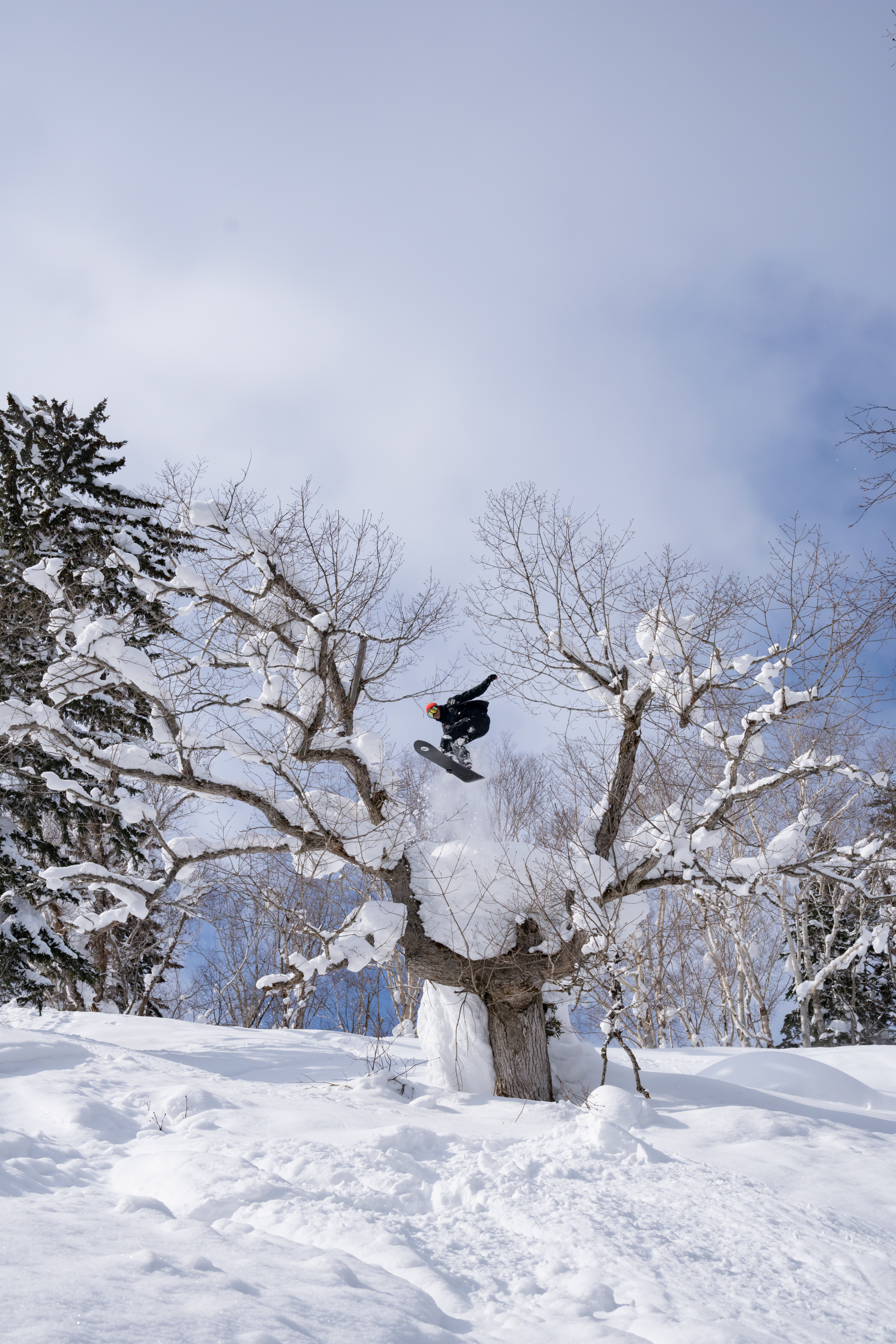
As is often the case with kids, PJ didn’t necessarily fit the mould. Growing up, he tried his hand at a number of more ‘traditional’ sports but never clicked with any of them. Not one to give up that easily, PJ continued to seek out something that he could pour his passion into.
“My parents then gave me my life’s most important gift for my birthday 1988, a skateboard. It wasn’t something that I had wanted or begged them to get me, they just bought it cause they thought it seemed like a fun “toy” for me to get for my birthday. Little did they know what a great impact it would have for the rest of my life! I was hooked and skateboarding has been with me and helped shape me to who I am ever since that day.”
Seeing his long and storied career as a professional snowboarder, it’s almost comical to think that at first, snow was actually something that inhibited his fun standing sideways. “So the place where I grew up is located in a pretty flat area of Sweden but the winters when I was a kid were usually pretty cold with lots of snow. So if we wanted to skate in the wintertime we had to try and sneak into indoor parking garages or go by car, bus or train to Stockholm, which is 200km away, to skate in an indoor park.”
But despite the initial rocky start, like so many riders today, it was actually skating that got PJ interested snowsports in the first place. “I remember buying my first Thrasher magazine in early 1989. It was the January ‘89 issue and it had a shirtless Jay Adams on the cover doing a FS 5-0 in a pool, still one of the most badass covers of all time if you ask me. Anyway inside the magazine was an article named “Chill Factor” that was all about snowboarding and how snowboarding was what you should be doing if you couldn’t skate in the winter. There were also some Sims and Kemper snowboard ads in there if I remember correctly. I thought snowboarding looked really sick and like the perfect option for me to do in the wintertime.” (PJ hastens to add that whilst he initially tried skiing, he very quickly realised it was lame. Good man PJ, we totally agree.) But alas, PJ’s parents weren’t as sold on the idea of snowboarding as he was and it was several years before he got his opportunity to try the sport that would go on to shape his adult life.
Eventually, Santa came in clutch and Christmas 1994 PJ Gustafsson received his first snowboard and the rest, as they say, was history. He took to the sport like a fish to water, and very quickly began entering contests and racking up sponsors. PJ falls into the category of snowboarders, like the vast majority of us, who didn’t grow up with easy access to mountains or resorts. We’ve often found that when snowboarding isn’t on your doorstep you grow a different appreciation for it, one that is visceral and borderline obsessive.
“Everyday after school it was all about trying to get a lift from someone to go to the local hill or a small resort about a 40 min drive from town and then just shred until the lifts stopped spinning. Snowstorm, heavy rain or -25 celsius and pure ice in the slope didn’t matter at all back then. I just wanted to ride. I still do.”

